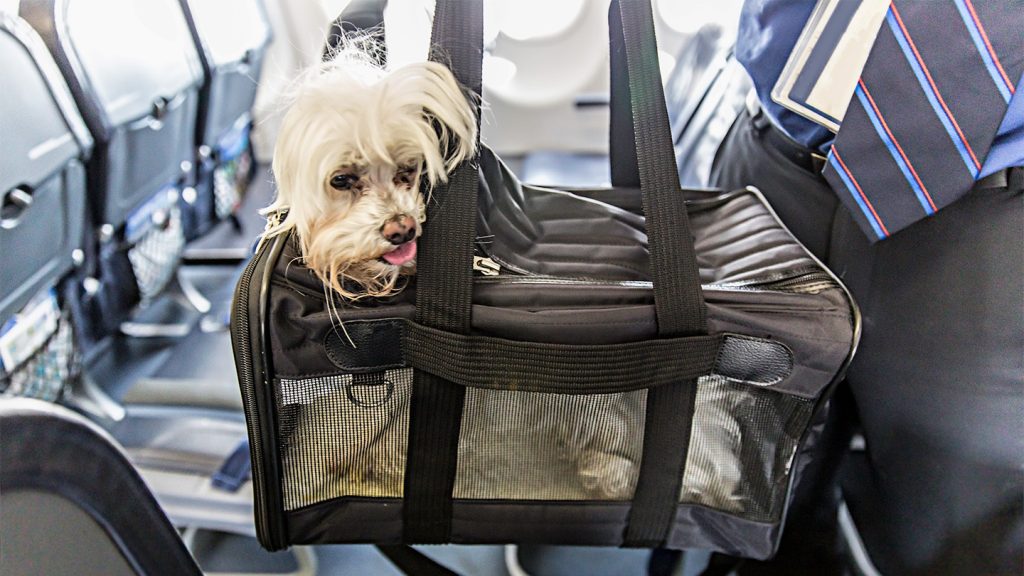The U.S. Centers for Disease Control and Prevention recently implemented new regulations for dogs entering the country regarding rabies verification. The regulations came into effect on August 1, following the temporary suspension of importing dogs from high-risk rabies areas. This change affects dogs arriving from over 100 countries, including Afghanistan, China, India, Israel, Russia, and Zimbabwe. The new regulations require additional rabies verification from dogs coming from these high-risk countries. Veterinarian Kaitlyn Krebs from the University of Pennsylvania emphasizes the importance of these changes due to the significant public health risks associated with rabid dogs entering the country.
Rabies is a zoonotic infectious disease that can be transmitted from animals to humans. In the United States, most cases of animal rabies are reported in wildlife such as bats, raccoons, foxes, and skunks. The number of animal rabies cases, particularly those in domestic animals like dogs, has significantly decreased over the years. The CDC reports that the United States sees fewer than 10 human deaths from rabies each year, down from several hundred in the 1960s. The risk of rabies being introduced into the country is a major concern, which is why the new regulations aim to prevent the entry of potentially rabid dogs.
Imported cases of rabid dogs from high-risk countries have been limited, with only a few reports since dog rabies was eliminated in the United States in 2007. The cases mainly stemmed from fraudulent paperwork or vaccination failure. The new CDC regulations address these issues by ensuring that dogs coming from high-risk countries have the necessary rabies vaccination and documentation. Dogs must be adequately vaccinated against rabies to prevent the spread of the disease in the United States. Prior to the new regulations, entry requirements for dogs varied based on travel history, vaccination status, age, and microchipping.
The updated regulations differentiate between dogs coming from low-risk and high-risk countries. Dogs from low-risk countries may enter with a simple entry form, while those from high-risk nations must have proper rabies vaccination documentation. Dogs vaccinated in the U.S. require certification from a USDA-approved veterinarian, while those vaccinated abroad need endorsement by a government veterinarian. These measures are crucial to safeguarding public health and maintaining the elimination of canine rabies in the U.S., as canine rabies poses a significant health risk.
Rabies is a deadly virus that targets the nervous system, primarily infecting the brain and causing severe neurological issues. Post-exposure treatment is the only way to treat rabies, which involves administering antibodies to the patient after contact with a rabid animal. These antibodies help the body fight against the virus before it reaches the brain, where it becomes more difficult to treat. Preventing rabies through vaccination is essential, as eradication of the virus is not currently feasible. Despite efforts to control and prevent rabies globally, the risk of transmission remains, emphasizing the need for strict regulations to protect public health.


